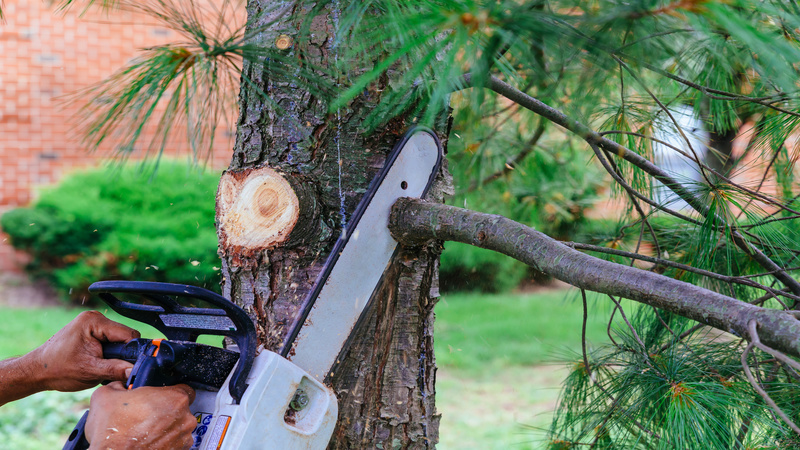If you live in a small apartment or condominium, floor space is a major issue. Even if you live in a larger home, you may want to cut down on clutter, maximize space, and maintain an open floor plan, which is so popular in today’s interior design. While furniture and bric-a-brac are obviously major contributors to overcrowding and a lack of space, you may not realize how much space a door can take up. Think about it. A door has to have at least two-and-a-half feet of floor space to open and the same amount of wall space on the outside, if you want it to lay flush.
When doors are open, they contribute to a cluttered look, and when they are closed they cut down on the flow of space and light in your home. For all of these reasons, you may want to consider installing a pocket door in your home. A pocket door slides into a space in the wall, completely disappearing so that you can have uninterrupted space and clean lines in your home.
Pocket doors originated in Victorian homes, but they are making a comeback, thanks in large part to improved technology and hardware. Even if your home was not built for a pocket door, it is still possible to install one, although you may want to consult with a builder or plumber before beginning this project. You will need to make sure that the wall on which you are installing the door does not contain any plumbing or electrical wiring. You will need to remove any drywall, studs, plates, or sills from this wall before you begin. Make sure to purchase a good door frame kit with long lasting hardware and the proper sized header.
First, you will need to install the header. Then install the split studs which form the channel in which your pocket door will move. These studs are essentially like regular wall studs, except they are encased in metal. You should attach them to the floor and the header and use a plumb line to make sure they are straight. Next, you should install the brackets to the top of the door and clip the brackets onto the wheels before attaching the door. You will also need to install a guide at the bottom of the pocket door to ensure that it will move without catching or rubbing against the floor or walls. Next, install the door pulls, which should lie flush against the door or retract when the door slides into the wall. You will then need to install new drywall. Finally, install the trim that comes with the door. Finally, install the trim, making sure to use nails that are the right length, as longer nails might scratch the door when it is opened or closed.
Of course, if you are not a DIY-er, there are many contractors who can quickly and easily install your pocket door. However you get it installed, you will be pleased with its beauty, ease of use, and space-saving efficiency.
If you are in the market for a pocket door, check out the selection offered by The Sliding Door Company. We are proud to offer sturdy, environmentally-friendly aluminum frames, tempered glass panels, and our patented wheel-to-track locking mechanism. Our doors come in a variety of styles, and you can choose one of our top sellers or design your own. For more information, to find a showroom, or to use our unique interactive design feature, visit www.slidingdoorco.com.


